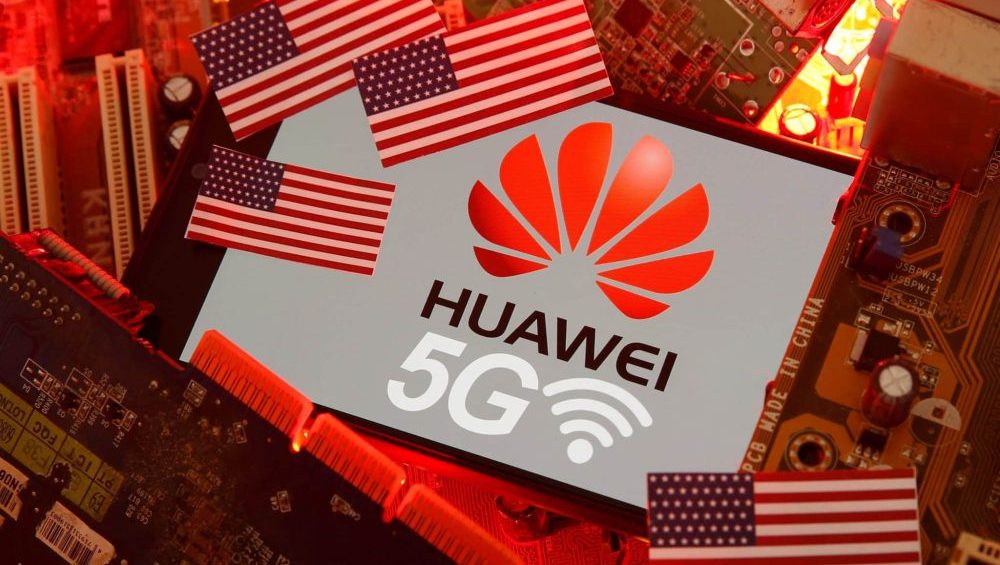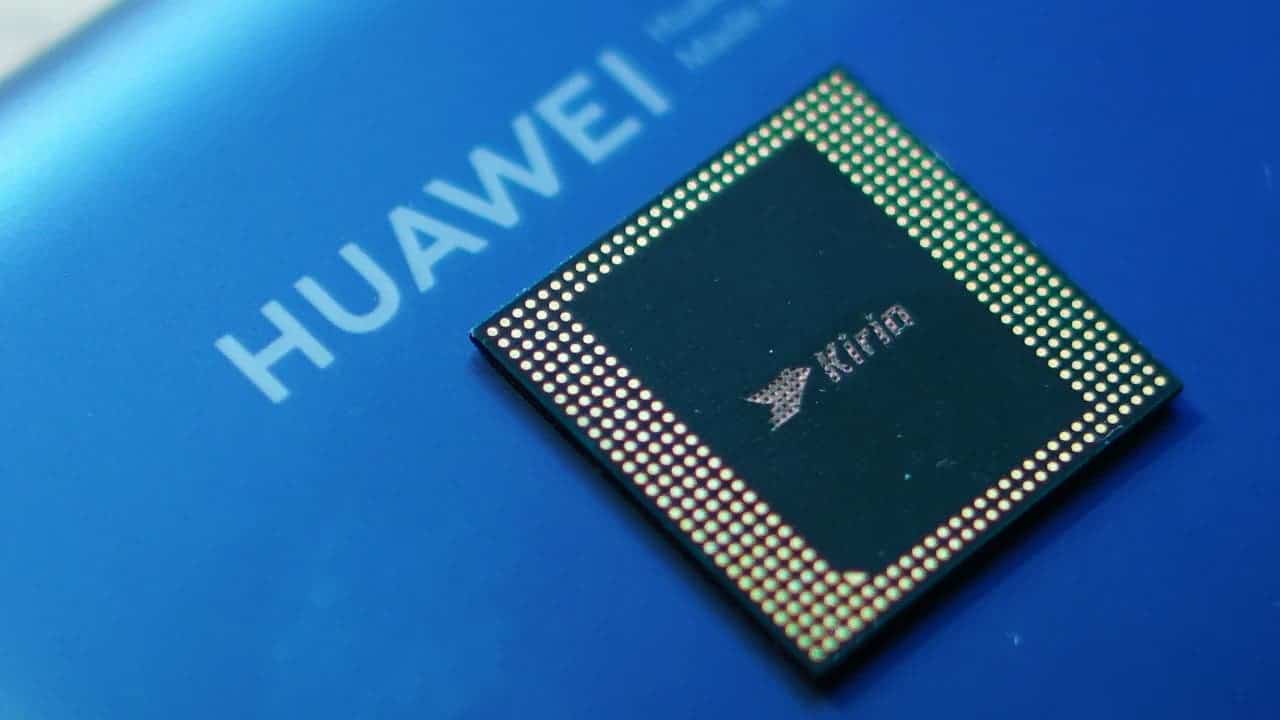SMIC, a Chinese semiconductor foundry, appears to have surpassed a significant technological milestone by developing a 5nm process technology, despite the severe limitations of the US ban.
This was indicated by the recent listing of a new Huawei laptop featuring an advanced chip manufactured using the 5nm process. This development was previously considered unattainable due to U.S. sanctions.
Earlier this year, SMIC made headlines by starting the mass production of Huawei’s HiSilicon Kirin 9000S processor, utilizing its second-generation 7nm process technology. Now, the company has seemingly progressed further, either already implementing or nearing the completion of a sophisticated 5nm fabrication process.
Highlighting this achievement, Huawei’s website now features a chip crafted using a 5nm-class process node. This chip, the eight-core Arm-based HiSilicon Kirin 9000C processor, comes equipped with Arm Mali-G78 graphics and is designed for use in laptops.
The listing in question for the Huawei Qingyun L540 laptop says that it is:
Equipped with the Kirin 9006C chip, utilizing a 5nm process technology, eight cores, with a maximum clock speed of up to 3.13 GHz, offering higher performance, lower power consumption, and faster processing speeds.
Kirin 9006C, a new processor, features general-purpose cores with a maximum frequency of up to 3.13 GHz. This clock speed is marginally lower than what TSMC and Apple achieved with the original TSMC N5 process technology, where Apple’s M1 high-performance cores reached a peak of 3.20 GHz. Additionally, the Kirin 9006C’s top clock rate is comparable to the Kirin 9000, another Huawei-manufactured chip produced by TSMC.
Back when TSMC commenced mass production of its N5 (5nm-class) fabrication technology in early Q2 2020, Huawei was not yet subjected to the U.S. Department of Commerce’s blacklist. As a result, TSMC was able to ship its 5nm chips in large quantities, including to Huawei. Huawei officially launched its Kirin 9000 SoC, based on TSMC’s N5 technology, in late August 2020, confirming its production in Taiwan.
Kirin 9000 and Kirin 9006C show notable similarities, leading to speculation that Huawei might be using chip stock from three years ago for its current PC offerings. However, this seems unlikely, as storing large quantities of high-end processors, which were costly to produce using TSMC’s advanced technology at the time, for such an extended period doesn’t seem practical.
Particularly considering that the original Kirin 9000 came with a built-in 5G modem (a feature the Kirin 9006C likely doesn’t have) and would be more suited for high-end smartphones rather than budget laptops. Consequently, it’s plausible that Huawei has engaged SMIC to manufacture these newer processors.
SMIC’s breakthrough in achieving the 5nm process technology isn’t entirely unexpected. Industry rumors have long suggested that the foundry was nearing capabilities that surpass the limitations set by U.S. sanctions. An industry expert recently shared with The Elec, “SMIC is preparing a 5nm process through DUV, and photomask usage is expected to increase further,” highlighting the foundry’s advancements despite regulatory challenges.
It remains uncertain whether SMIC has commenced large-scale production using its 5nm-class technology. Considering the broader context of U.S.-China tensions, especially the specific restrictions placed on Huawei and SMIC, it’s improbable that either company will openly reveal the extent of their technological advancements.
While there is a certain prestige associated with successfully manufacturing 5nm-class chips amidst U.S. sanctions, both Huawei and SMIC are likely cautious about disclosing details that could expose their partners, suppliers, and the methods they use to acquire equipment or the chips themselves, to avoid detection by the U.S. and its allies.






















